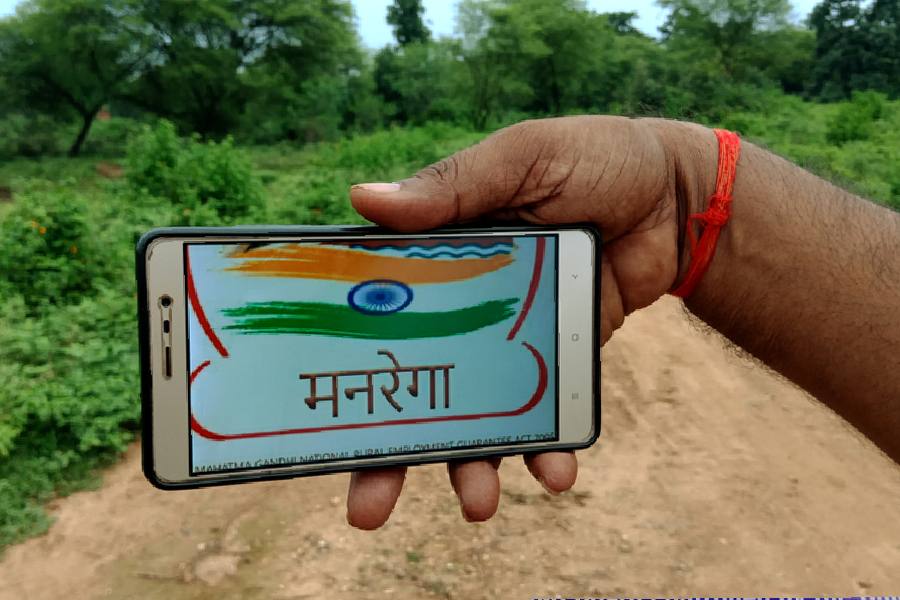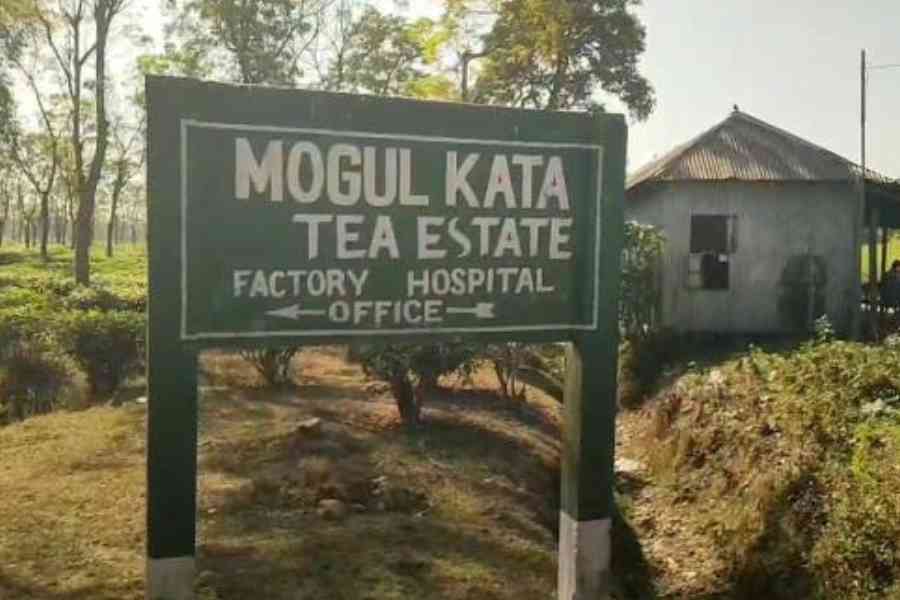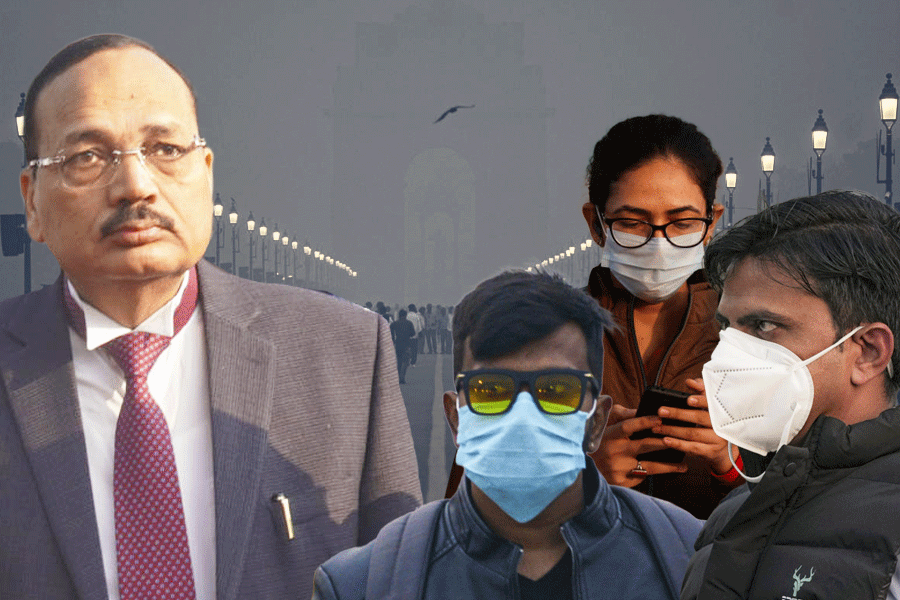 |
| A Reliance Fresh store under attack in Ranchi. Picture by Manik Bose |
Dhinkia (Jagatsinghpur), May 12: The Nandigram effect is striking deeper roots, clouding the drive to industrialise vast swathes in the country.
Posco today said it was willing to redraw the site map of India’s biggest foreign investment project, bypassing a pocket of land resistance, if the Orissa government provided an alternative plot.
The offer from the South Korean steel-maker, made after a hostage crisis that ended late last night, has striking similarities with the Bengal government’s retreat from Nandigram.
After 14 people died there in the March 14 police firing, the administration had issued a formal notification saying land would not be acquired for industry in Nandigram.
In Bhubaneswar this morning, Posco spokesman Sashank Patnaik said: “If the government gives us such an offer (of land elsewhere), we will seriously consider it.”
The company has, however, offered to forgo only the 200-odd acres marked out at Dhinkia panchayat, where three of its officials were held hostage for several hours yesterday. It said nothing about the Gadakujang and Nuagaon panchayats where the rest of the earmarked private land lies.
The Posco Pratirodh Sangram Samiti, which has led the land resistance for nearly two years, insisted that Posco must keep out of all three panchayats. “By dropping one gram panchayat they are trying to divide the agitation,” Samiti president Abhay Sahu said.
Even if the company leaves all three panchayats out of its plans, its proposed Rs 51,000-crore plant would not need to be relocated completely, unlike the projects planned in Nandigram. For, only 438 acres of the 4,004 acres it needs is privately owned. But Sahu insisted that “Posco must shift its project site” altogether.
“Our people also have stakes in the (adjoining) government land where they have been cultivating cashew and betel for decades. They would lose it all if the government acquires the land for Posco.”
Ever since the three panchayats’ residents learnt of the Posco plan 20 months ago, they haven’t allowed any government official or policeman to enter their villages and have threatened “another Nandigram” if force were used.
If the government has to find alternative land in keeping with the Posco offer, it has to come from adjoining areas. Getting private land there could be difficult, too.
The more governments and companies backtrack in the face of land protests, the more emboldened people might be to take to agitation, even violence. This would leave investors with little choice but to explore virgin, remote areas.
That will require big-ticket infrastructure investment by governments — not an easy task considering the funds constraints.
Sahu said the villages had raised three “battalions” of children, women and men to resist attempts to take their land by force. “The children will not hesitate to throw themselves forward against any use of force.”










